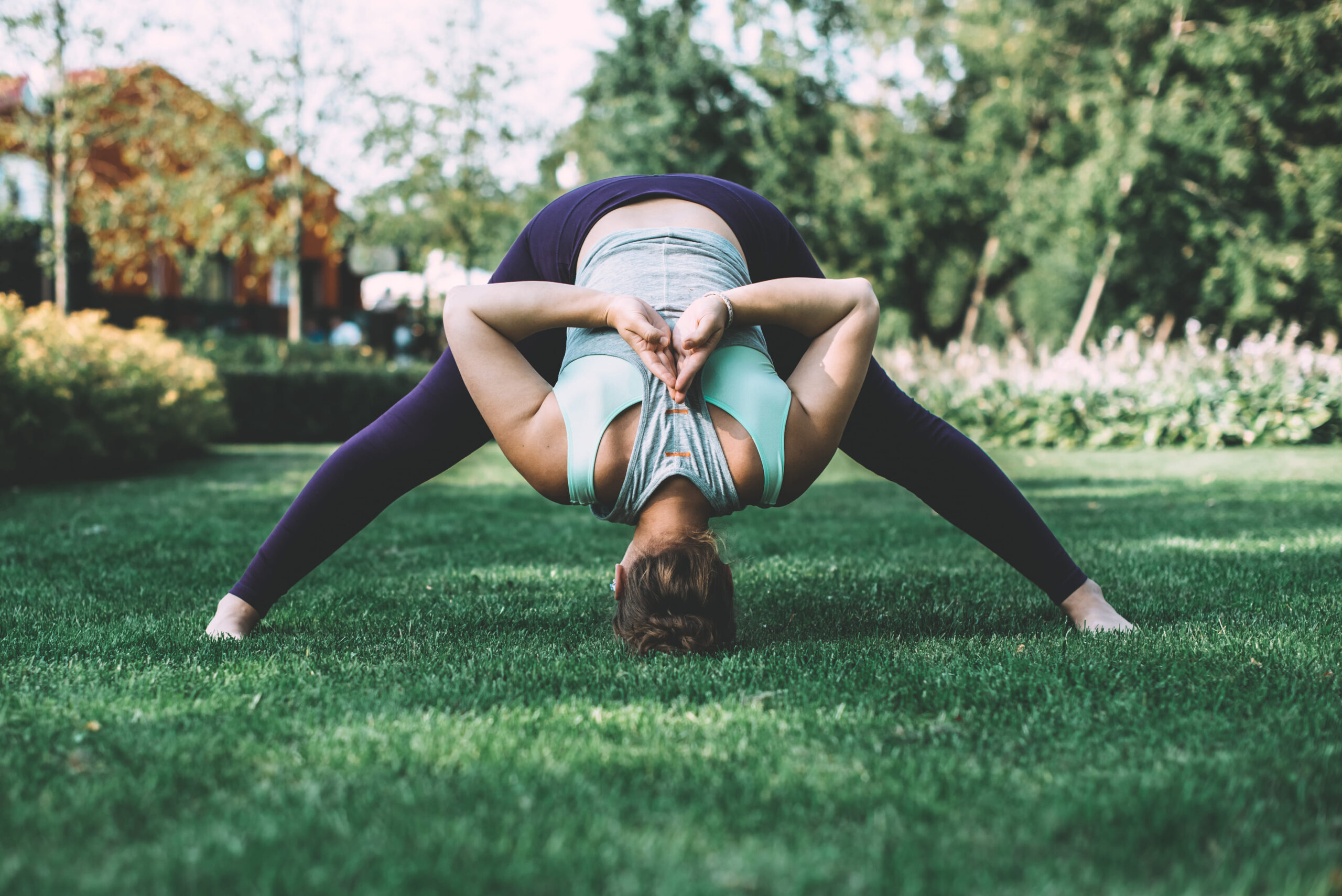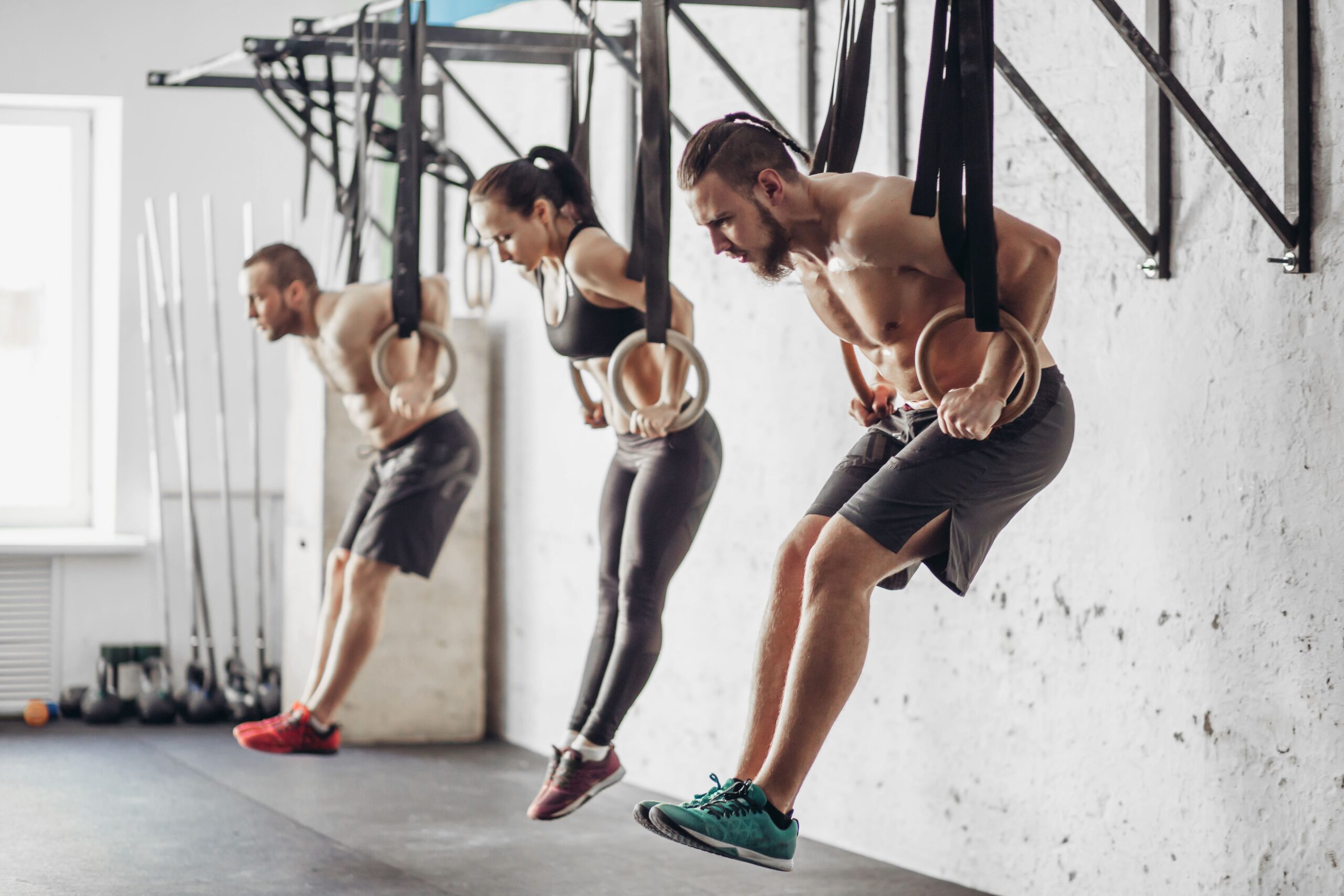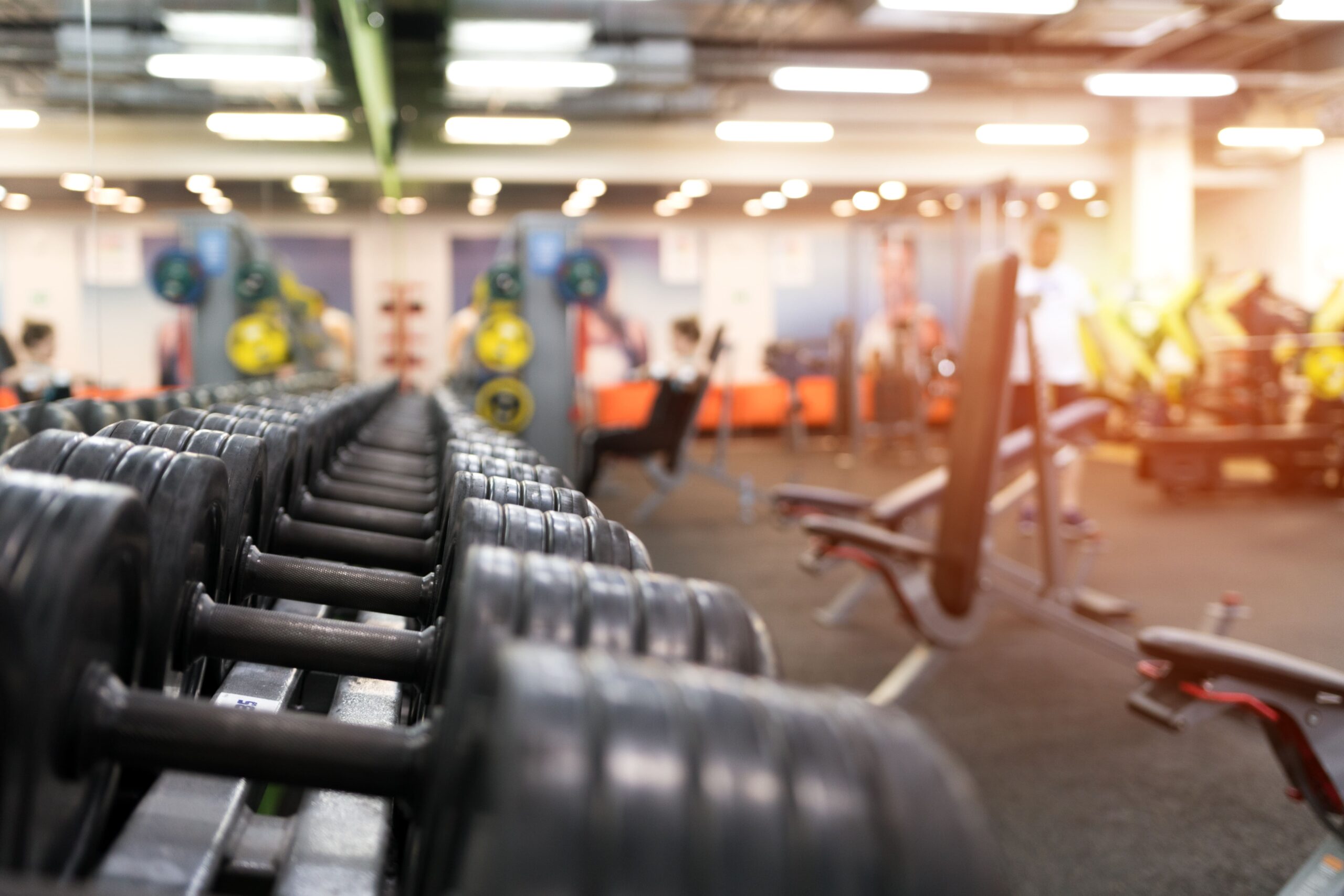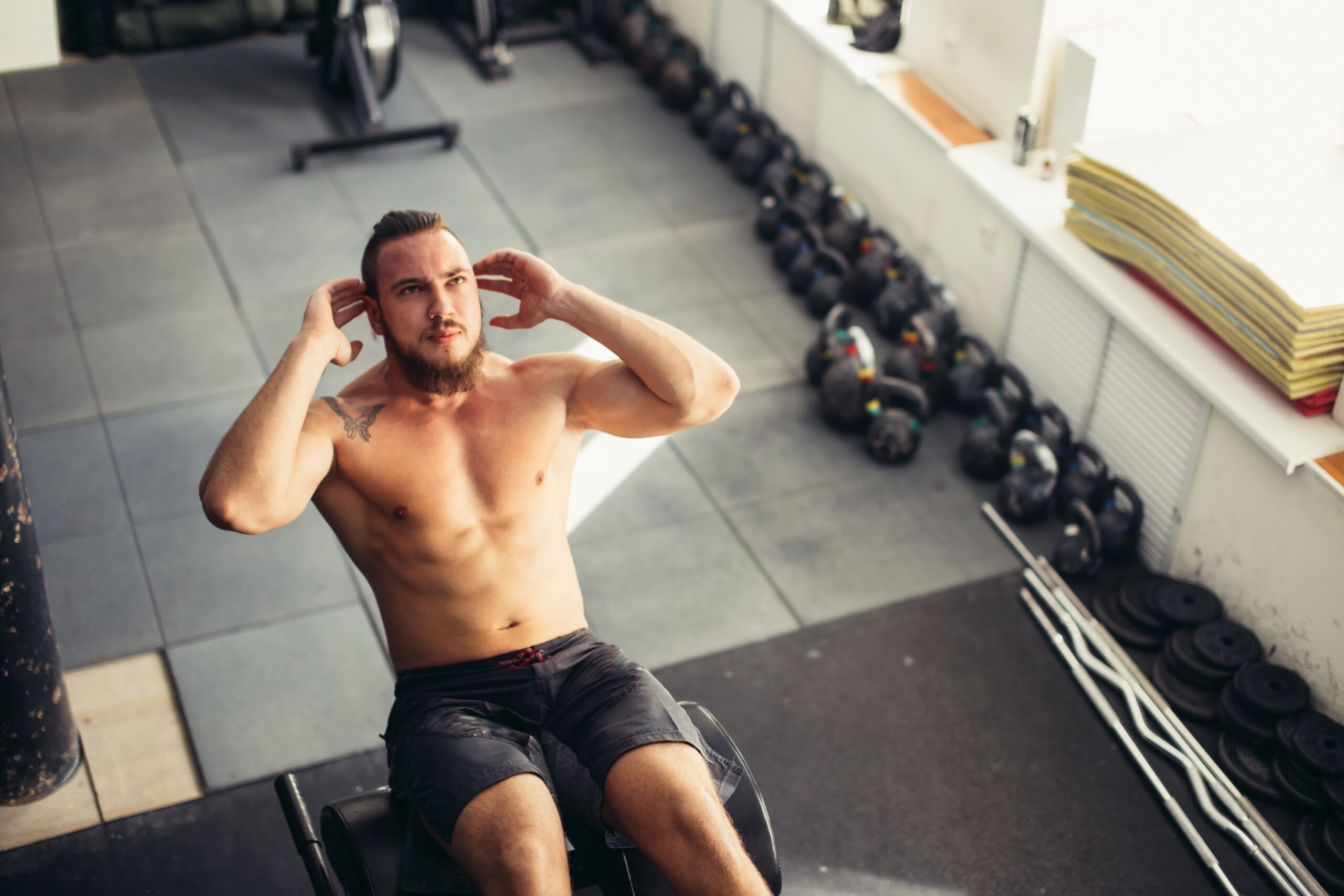Flexibility is the unsung hero of your fitness journey, often overlooked but incredibly crucial for performance, injury prevention, and overall health. Whether you are a weekend warrior, a yoga enthusiast, or just trying to touch your toes, enhancing flexibility will help you move more freely, reduce discomfort, and feel stronger during any activity. In this guide, we’ll go through practical ways to help you improve your flexibility, touching on techniques, exercises, and products that can support your journey to a more limber you.
1. Understand Why Flexibility Matters
Before you dive into stretches and exercises, it’s important to understand why flexibility should be a priority in your fitness routine. Flexibility helps improve your range of motion, reducing the risk of injuries by ensuring your joints and muscles are supple and less prone to tears or strains. It also helps improve posture, balance, and muscle coordination—all of which are key in any physical activity. So if you’ve been skipping stretching sessions, it’s time to reconsider your priorities.
2. Start with Dynamic Warm-Ups
A good flexibility routine starts with a proper warm-up. Instead of going straight into static stretching, begin with dynamic warm-ups, which involve active movements that help increase your core temperature and gently loosen up your muscles. Think leg swings, arm circles, or hip rotations—movements that mimic the exercises you’re about to do, but in a controlled manner.
Try exercises like:
- Leg Swings: Swing one leg forward and backward in a controlled manner, aiming to increase the range of motion as your muscles warm up.
- Arm Circles: Stand tall and swing your arms in large circles to loosen your shoulders and chest.
3. Incorporate Static Stretching Post-Workout
Static stretching involves holding a stretch for a set period, generally 15-60 seconds, to elongate the muscle. This type of stretching is most effective when your muscles are already warm, making it ideal after your workout. Focus on major muscle groups, especially those that tend to be tight like your hamstrings, hip flexors, and chest.
Stretching Tips:
- Hamstring Stretch: Sit on the floor with one leg extended straight and reach for your toes. Hold this for 30 seconds, focusing on deep breathing to help your muscles relax.
- Chest Opener: Stand with your hands clasped behind your back and gently pull your shoulders back. This helps combat the tightness from sitting or working at a computer.
If you need some guidance on stretches, consider investing in a stretching guide poster or a book like “Stretching” by Bob Anderson, available on Amazon—a highly rated resource that has helped thousands of people develop a solid stretching routine.
4. Use Yoga to Develop Flexibility
Yoga is a well-known practice for enhancing flexibility and mobility, providing a full-body stretch in every session. It doesn’t matter if you’re a beginner or advanced practitioner—yoga has options for everyone. Poses like Downward Dog, Child’s Pose, and Pigeon Pose are particularly effective at stretching major muscle groups and increasing flexibility.
If you’re not sure where to start, consider getting a yoga mat that provides extra cushioning to support your poses. The BalanceFrom GoYoga All-Purpose Yoga Mat is an affordable, highly-rated option available on Amazon that many users love for its extra thickness and comfort.
You can also try online yoga classes or YouTube videos, where many instructors offer flexibility-specific routines to help you get started.
5. Invest in Tools to Enhance Your Flexibility Routine
Incorporating tools into your flexibility routine can make a world of difference in terms of how effectively you target your tight muscles. Here are a few products that are widely available on Amazon and can help you take your flexibility to the next level:
- Foam Roller: A foam roller is an excellent tool for myofascial release, which helps relieve muscle tightness and improves mobility. The TriggerPoint GRID Foam Roller is a popular, high-quality roller that helps release tension in the muscles. Use it to roll out your quads, calves, back, and glutes before or after a workout.
- Resistance Bands: These stretchy bands are great for both assisted stretching and strength exercises that improve flexibility. The Fit Simplify Resistance Loop Exercise Bands are affordable, well-rated, and come in different resistance levels to suit your needs.
- Stretching Strap: If you struggle to reach certain positions, a stretching strap can help. The Opti Stretch Strap is an adjustable strap that is perfect for increasing your range of motion in hard-to-reach stretches. With easy-to-hold loops, you can safely and effectively stretch areas like your hamstrings and shoulders.
6. Focus on Consistency, Not Intensity
When it comes to flexibility, consistency is more important than intensity. While it might be tempting to push yourself to touch your toes right away, overdoing it can lead to injury. Instead, aim for small improvements every day. Five to ten minutes of gentle stretching a day can lead to significant gains over time.
You can easily integrate stretching into your daily routine. Stretch in the morning when you wake up, while watching TV, or even during work breaks. The key is to stick with it—your body will thank you in the long run.
7. Focus on Deep Breathing During Stretches
Deep breathing is an often overlooked part of improving flexibility. By taking deep, controlled breaths while holding your stretches, you signal your body to relax, which makes it easier for your muscles to lengthen. Breathing also helps oxygenate your muscles, promoting better overall performance.
Try the 4-7-8 Breathing Technique while you stretch:
- Inhale through your nose for 4 seconds.
- Hold your breath for 7 seconds.
- Exhale through your mouth for 8 seconds.
Breathing in this manner encourages relaxation, which in turn allows your body to stretch deeper with less discomfort.
8. Incorporate PNF Stretching
Proprioceptive Neuromuscular Facilitation (PNF) stretching is a more advanced technique that can dramatically increase your flexibility. It involves contracting and relaxing a muscle while stretching it, which can lead to greater gains. PNF is often done with a partner but can also be performed solo with a stretching strap.
For example, if you’re doing a hamstring stretch, you could press your heel into the ground for 5 seconds (contracting the muscle), and then relax while deepening the stretch. This helps create both strength and flexibility in the muscle, reducing the chance of injury.
9. Try Active Isolated Stretching (AIS)
Active Isolated Stretching is a technique where you hold each stretch for just 1-2 seconds and repeat it several times. This type of stretching allows your body to comfortably increase its range of motion without triggering the body’s natural “stretch reflex,” which tries to prevent overstretching by tightening the muscle.
For example, if you’re stretching your hamstrings, you could lift your leg straight up while lying on your back, hold it for a couple of seconds, and then release. Repeat this 10-15 times to gradually increase your range of motion.
10. Don’t Neglect the Small Muscles
It’s easy to focus only on the large muscle groups, but the small stabilizing muscles also need attention. Stretching smaller areas like your neck, wrists, ankles, and even feet will improve your overall flexibility and prevent pain or discomfort in the long run.
A simple stretch like rolling your ankles in circles or stretching your wrist by gently pulling back on your fingers can do wonders for your overall mobility. Many people often overlook stretching these small areas until they feel discomfort, but incorporating these stretches daily can prevent that.
11. Make Use of Massage Guns
Massage guns are a great option if you want to relax your muscles before stretching. They help with releasing deep muscle tension and improve blood circulation, making it easier for you to achieve better flexibility. The Theragun Mini is a compact yet effective massage gun that many users on Amazon love for its portability and efficiency in loosening tight muscles. Using a massage gun for 1-2 minutes on a muscle group before stretching can improve results significantly.
12. Listen to Your Body
Finally, remember that improving flexibility is a journey. Everyone’s body is different, and your progress will depend on a variety of factors, including genetics, past injuries, and activity levels. Avoid comparing yourself to others and focus on making steady improvements for yourself.
If a stretch causes sharp pain, ease off immediately. You should feel a stretch—a sensation of tension—but not pain. Discomfort is okay, but if something feels wrong, don’t push it. Pushing too hard can cause micro-tears in your muscles, setting your progress back rather than moving it forward.
Conclusion: Keep Moving Towards Your Flexibility Goals
Improving your flexibility can enhance your fitness journey, prevent injuries, and increase your overall quality of life. By incorporating dynamic stretches to warm up, static stretches to cool down, yoga to stretch all your muscles, and specialized tools like foam rollers, stretching straps, and massage guns, you’ll be on the path to a more flexible you.
Remember, consistency is key. Start slow, be mindful of your body, and gradually increase the time and intensity of your stretches as your flexibility improves. Flexibility is a long-term investment in your health—one that will pay dividends in improved performance, comfort, and overall well-being.
If you’re ready to start building flexibility, grab a foam roller, a yoga mat, or maybe even a resistance band, and make it a point to stretch every day. Your body will thank you, not just for the fitness benefits, but also for the ease of movement in your daily life.
Let me know if you need more specific guidance on any of these techniques or if you’d like recommendations on routines for particular areas of the body. I’m here to help you on this journey!



